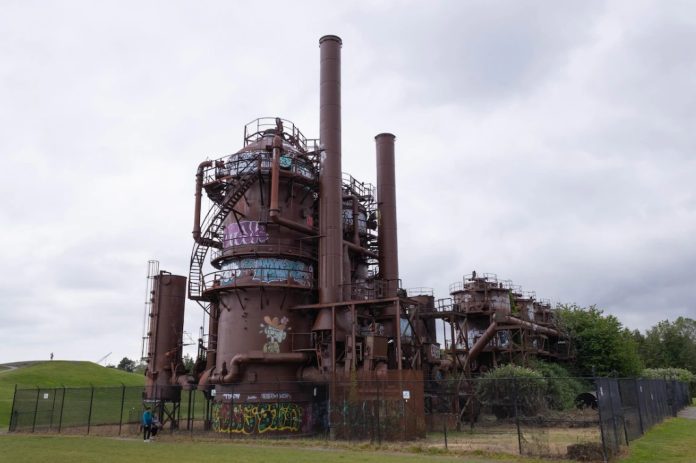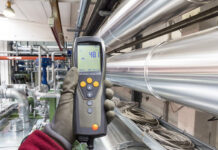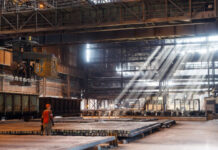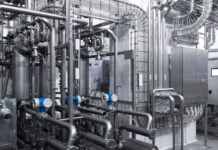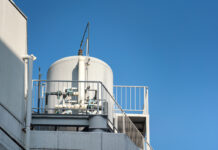What are digital gas flow meters?
The digital gas flow meters are high-tech device that gauges and displays qualities such as mass flow rate, volumetric flow rate, gas temperature, atmospheric pressure, and gas pressure.
How does a digital mass flow meter work?
In this type of meter, heat is introduced into the flowing stream and the temperature changes associated with it are measured, or a probe is maintained at a constant temperature and the energy needed to maintain it is measured.
Challenges in Gas Flow Measurement
Every application involving the measurement of gas flow will have its own set of challenges that will require careful attention and consideration. Some of these challenges may include:
- Compatibility with the size: Each flow-meter component should be matched to the implementation site, regardless of its size.
- Ability to measure low and high flows: Precision is required to measure high and low gas flows.
- Accurate calibration to actual process conditions: This is essential for undisturbed processes.
- Durability to environment and hazards: The conditions under which a flow sensor must operate reliably.
Types of gas flow meters
Obviously, there is no one technology that can meet all operational requirements, perform in all conditions, and satisfy all performance requirements.
Listed below are five of the most common gas flow meters that are used today.
1. Vortex Time Flow Meter
The von Kármán effect is used in vortex flowmeters because flow alternately produces vortices when passing through a bluff body. A bluff body has a broad, flat front. The bluff body is a piece of material with a broad, flat front that extends vertically into the flowstream in a vortex meter.
Flow velocity is proportional to the frequency of the vortices. To eliminate distorted flow patterns and swirl in vortex meters, straightening vanes or straightening upstream piping may be required. Flowrate is calculated by multiplying the area of the pipe by the velocity of the flow. Due to their irregularity, vortex meters are problematic under low flowrates.
It is widely used for measuring steam flow along with liquid and gas flow. Vortex meters have a medium to high accuracy, depending on the manufacturer and the model.
2. Electromagnetic Flow Meters
An electromagnetic flow meter detects flow using Faraday’s Law of Induction. It uses an electromagnetic coil to generate a magnetic field and electrodes to capture electromotive force (voltage). Due to the forces generated by induction as the fluid flows through the pipe, the electromagnetic field changes. This change is then translated into flow rate.
3. Floating Element Flow Sensor
The method usually involves a float in a tapered pipe, which is one of the simplest flow measurement technologies. The float moves accordingly when a differential pressure is generated between the tapered pipe and the float when the fluid is forced between the pipe and the float. You can read the visual scale of the meter to find out the flow rate.
4. Thermal Dispersion Flow Sensor
In thermal dispersion flow meters, heat is used to measure the flow rate of a fluid. The typical structure includes a heating element in the middle and two temperature sensors on either side. During gas flow, heat is transferred toward the direction of flow, so the temperature sensor upstream gets colder, while the temperature sensor downstream gets hotter. The difference between the temperature sensors can be used to calculate the flow rate.
5. Coriolis Mass Flow Meter
In a coriolis flow meter, a vibrating tube causes a phase shift according to the mass flow rate of gas, causing a change in frequency. When the tube is idle, it vibrates at a predefined frequency. When the fluid flow begins, the tube’s vibration changes proportionally to its flow rate. Sensors across the tube measure the changes in vibration and translate them into flow rates.


